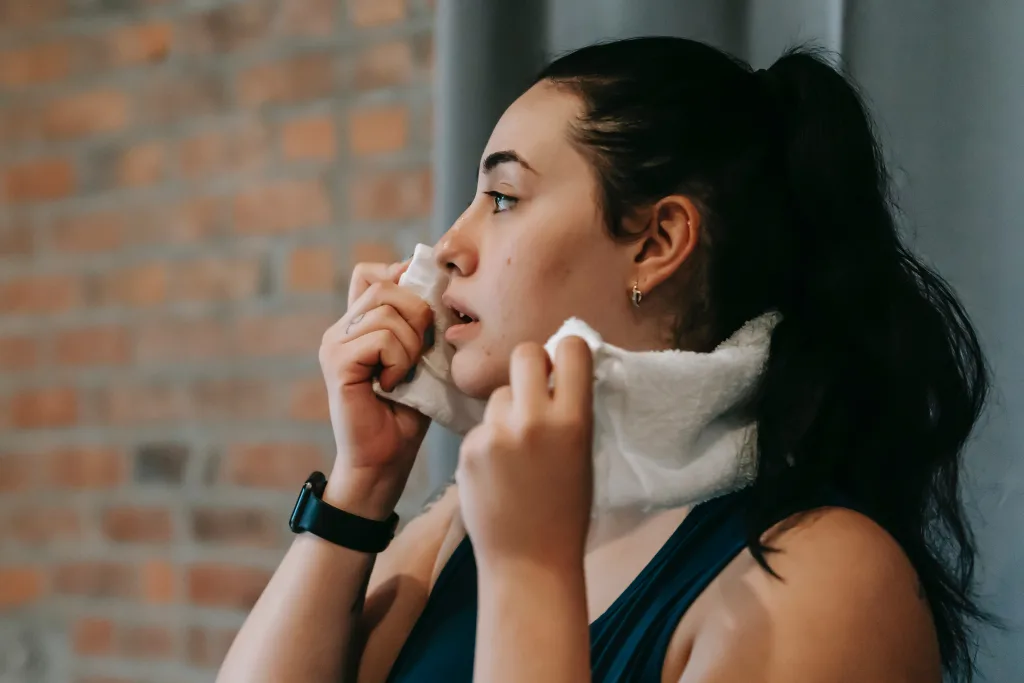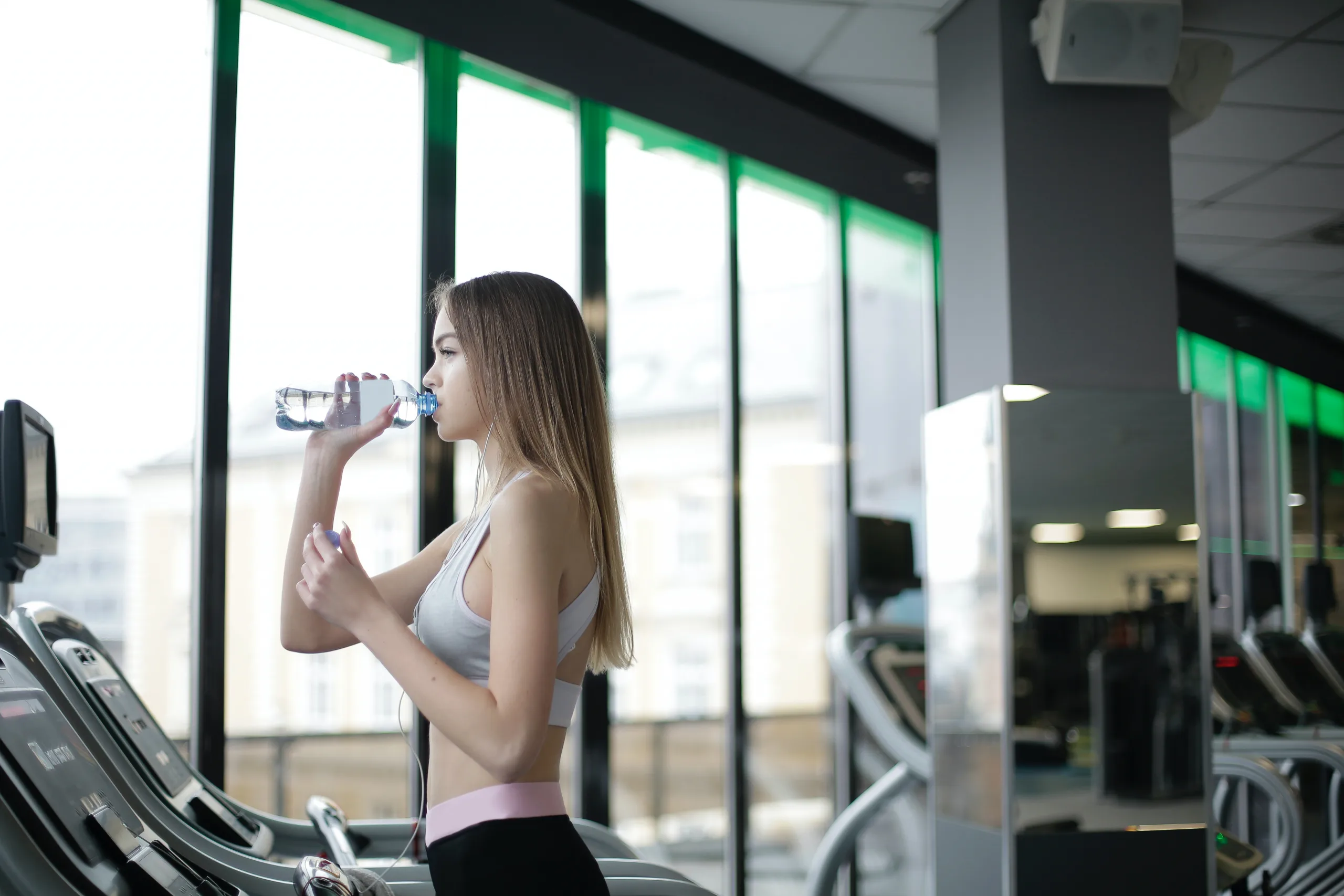Introduction
Chondromalacia patella, also known as runner’s knee, is a common knee condition that can cause pain and discomfort. Fortunately, there are exercises that can help alleviate symptoms and strengthen the knees. In this listicle, we will explore 10 effective exercises for chondromalacia patella, providing you with options to incorporate into your routine.
- Quad Sets: Start by sitting on the floor with your legs straight out in front of you. Tighten the muscles in the top of your thigh (quadriceps) and hold for 5 seconds. Relax and repeat for 10 repetitions. This exercise helps to strengthen the quadriceps muscles, which support the knee joint.
- Straight Leg Raises: Lie on your back with one leg straight and the other bent. Lift the straight leg about 6-12 inches off the ground and hold for 5 seconds. Slowly lower it back down. Repeat for 10 repetitions on each leg. This exercise targets the quadriceps and hip flexor muscles, providing stability to the knee.
- Hamstring Curls: Stand with your feet hip-width apart, holding onto a chair or wall for balance. Bend one knee, bringing your heel towards your buttocks. Hold for a few seconds, then lower your leg. Repeat for 10 repetitions on each leg. Hamstring curls help strengthen the hamstring muscles, which play a crucial role in knee stability.
- Clamshells: Lie on your side with your legs bent and knees together. Keeping your feet together, lift your top knee while keeping your feet in contact with each other. Hold for 5 seconds, then lower it back down. Repeat for 10 repetitions on each side. Clamshells target the hip abductor muscles, which support the knee during movement.
- Step-Ups: Find a step or sturdy platform. Step onto the platform with one foot, making sure your knee is directly above your ankle. Push through your heel to lift your body up onto the platform, then lower it back down. Repeat for 10 repetitions on each leg. Step-ups strengthen the quadriceps and gluteal muscles, promoting knee stability.
- Wall Squats: Stand with your back against a wall and your feet shoulder-width apart. Slowly slide down the wall, keeping your knees aligned with your ankles. Hold this position for as long as you can, aiming for 30 seconds. Wall squats engage the quadriceps, hamstrings, and gluteal muscles, improving knee strength.
- Bridges: Lie on your back with your knees bent and feet flat on the floor. Lift your buttocks off the ground, pushing through your heels. Hold for a few seconds, then lower your body back down. Repeat for 10 repetitions. Bridges target the gluteal and hamstring muscles, which contribute to knee stability.
- Calf Raises: Stand with your feet hip-width apart and hold onto a chair or wall for support. Rise up onto your toes, lifting your heels off the ground. Hold for a few seconds, then lower your heels back down. Repeat for 10-15 repetitions. Calf raises strengthen the calf muscles, which help stabilize the knee joint.
- Hip Abduction: Stand with your feet shoulder-width apart, holding onto a chair or wall for balance. Lift one leg out to the side, keeping your toes pointed forward. Hold for a few seconds, then lower your leg back down. Repeat for 10 repetitions on each leg. Hip abduction exercises target the hip abductor muscles, enhancing knee stability.
- Stationary Cycling: Sit on a stationary bike and pedal at a comfortable pace for 15-20 minutes. Cycling is a low-impact exercise that helps increase blood flow to the knee joint, promoting healing and strengthening the surrounding muscles.

Conclusion
Incorporating these 10 exercises into your routine can be beneficial for individuals with chondromalacia patella. Strengthening the muscles around the knee joint can help alleviate pain and improve knee stability. However, it is always important to consult with a healthcare professional before starting any new exercise program. By taking proactive steps and performing the recommended exercises, you can take control of your knee health and work towards a stronger, pain-free future.
Thank you for reading this post, don't forget to subscribe to our free newsletter
!
